Explore Deep Space: Constellations, Nebulae, Star Nurseries and More…
Navigate the Visible Universe with Astonisher.com’s Starscape Viewer…
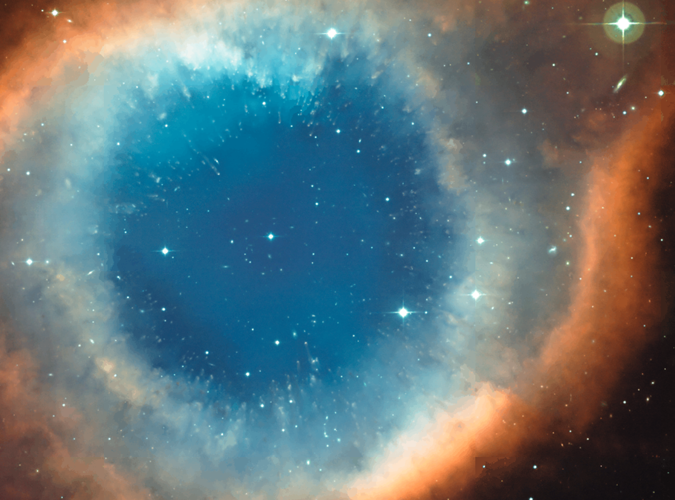
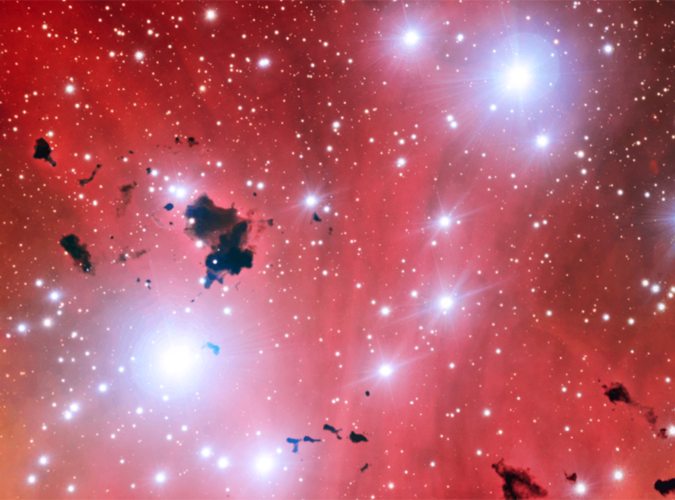
HERE’S A cool Web tool/toy that lets you explore some of the most striking parts of the visible universe as if you were literally flying through them.
The Horsehead Nebula, Orion Nebula, Helix Nebula and Seagull Nebula are available to you here, along with portions of Alpha Centauri and Stellar Nursery IC 2944.
Here’s how it works. When you launch it, Astonisher.com’s Starscape Viewer will open to a distant view of the Horsehead Nebula rising up before you.

The control at the upper right of the screen allows you to select the portion of deep space you want to explore.
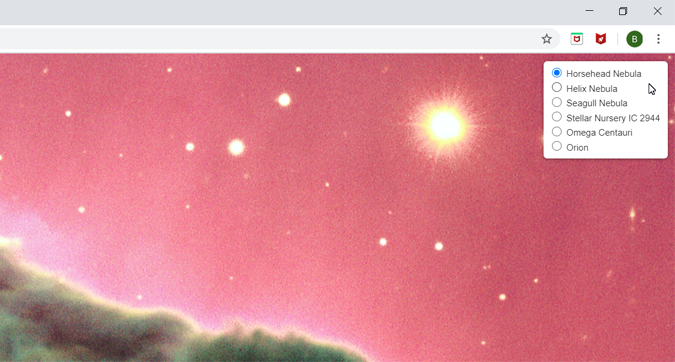
The control at the upper left of the screen allows you to zoom in and out…
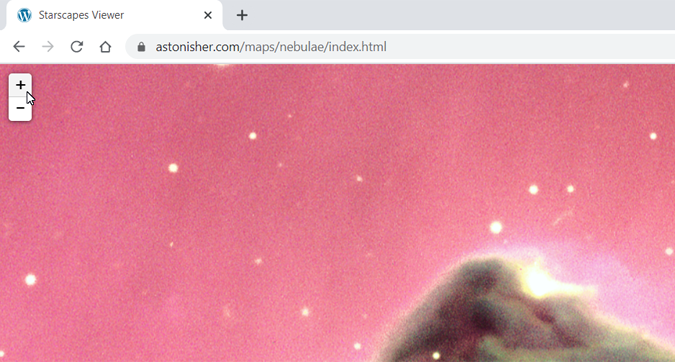
And finally, the you “move” across the night sky by left clicking with your mouse and dragging whatever direction you want to go.
Use all three of these maneuvers to “fly” through space. Here’s an approach to the Helix Nebulae, as you go closer…
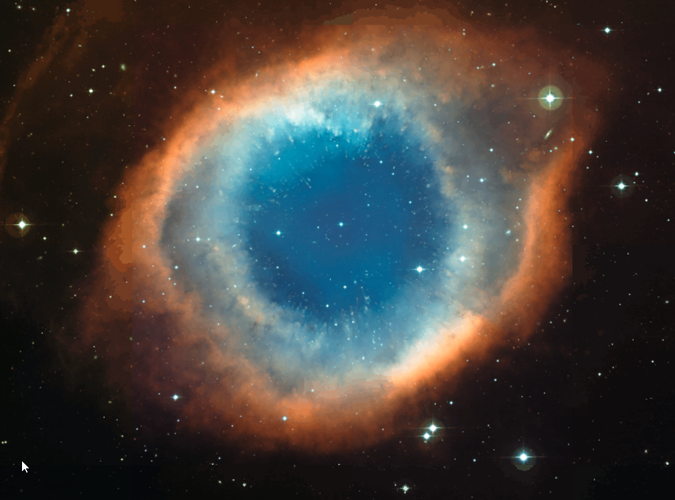
and closer…

and closer, finally “zooming” off to the lower right of the formation…

But the Astonisher.com Starscape Viewer doesn’t just zoom in, out and around deep space — it redraws the view you are seeing at the same high resolution every time you move. So no matter how “close” you go to the starscape you are viewing, your view stays crisp and sharp!
Here’s what you’ll find inside Astonisher.com Starscape Viewer:
- * Horsehead Nebula — like all nebulae, the Horsehead Nebula is believed to be a cloud of gas and dust in outer space, visible in the night sky either as either an illuminated area of brightness or a dark silhouette against other luminous matter. The Horsehead Nebula is located near Zeta Orionis, the left-most star of Orion’s Belt in the constellation, Orion. It is 1,500 light-years from Earth, and measures 2-3 light years across. (Photo: European Southern Observatory)
- * Helix Nebula — like all planetary nebulae, the Helix Nebula is believed to be a glowing shell of ionized gas ejected from dying red giant stars. It is located in the constellation, Aquarius, and is one of the planetary nebulae closest to the Earth. It 697 light-years from Earth, and measures 2-3 light-years across. (Photo: European Southern Observatory)
- * Seagull Nebula — also called IC 2177, the Seagull Nebula is located between the constellations, Monoceros and Canis Major, adjacent to Sirius, the alpha star of Canis Major. It is 3,653 light-years from Earth, and approximately 200 light-years across, occupying 1.6 percent of the width of the Milky Way. (Photo: European Southern Observatory/Igor Chekalin)
- * Stellar Nursery IC 2944 — a portion of what is also called the Alpha Centauri Nebula or, less elegantly, the Running Chicken Nebula, Stellar Nursery IC 2944 is located near the star Alpha Centauri, one of the brightest stars visible from Earth after the Sun. It contains Bok or Thackeray’s globules, which are believed to be the site of active star formation. It is 6,523 light-years from Earth, and measures approximately 1.4 light-years across. (Photo: European Southern Observatory)
- * Omega Centauri — not actually an individual star, Omega Centauri is a star-bright cluster of stars in the constellation, Centaurus. Located 15,800 light-years from Earth, it is the largest globular cluster in the Milky Way, measuring approximately 150 light-years across, or more than 1 percent of the Milky Way. (Photo: European Southern Observatory/A. Grado/INAF-Capodimonte Observatory.)
- * Orion Nebula — a diffuse trapezium cluster nebula located below Orion’s Belt in the constellation, Orion. It is one of the brightest nebulae, and is visible to the naked eye in the night sky as a diffuse smear of light. It is 1,344 light-years from earth, and measures approximately 24 light-years across. (Photo: European Southern Observatory.)
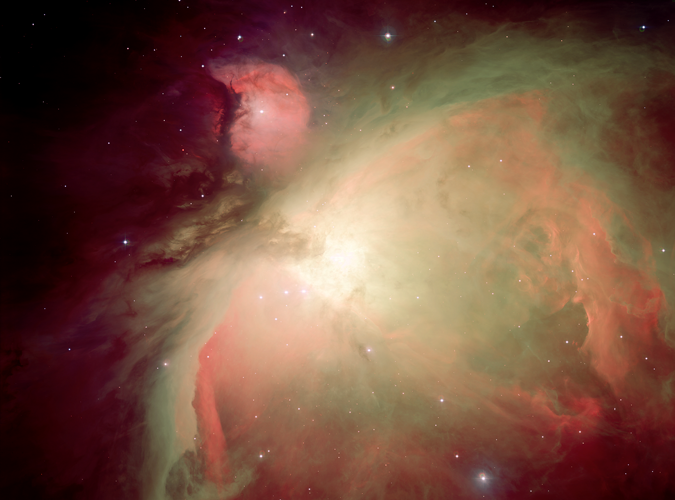

I created this tool/toy with the open source JavaScript mapping program Leaflet, which was originally intended to map the surface of the earth, but which I have employed here to “map” outer space. Enjoy!
— Bruce Brown
June 20, 2020




